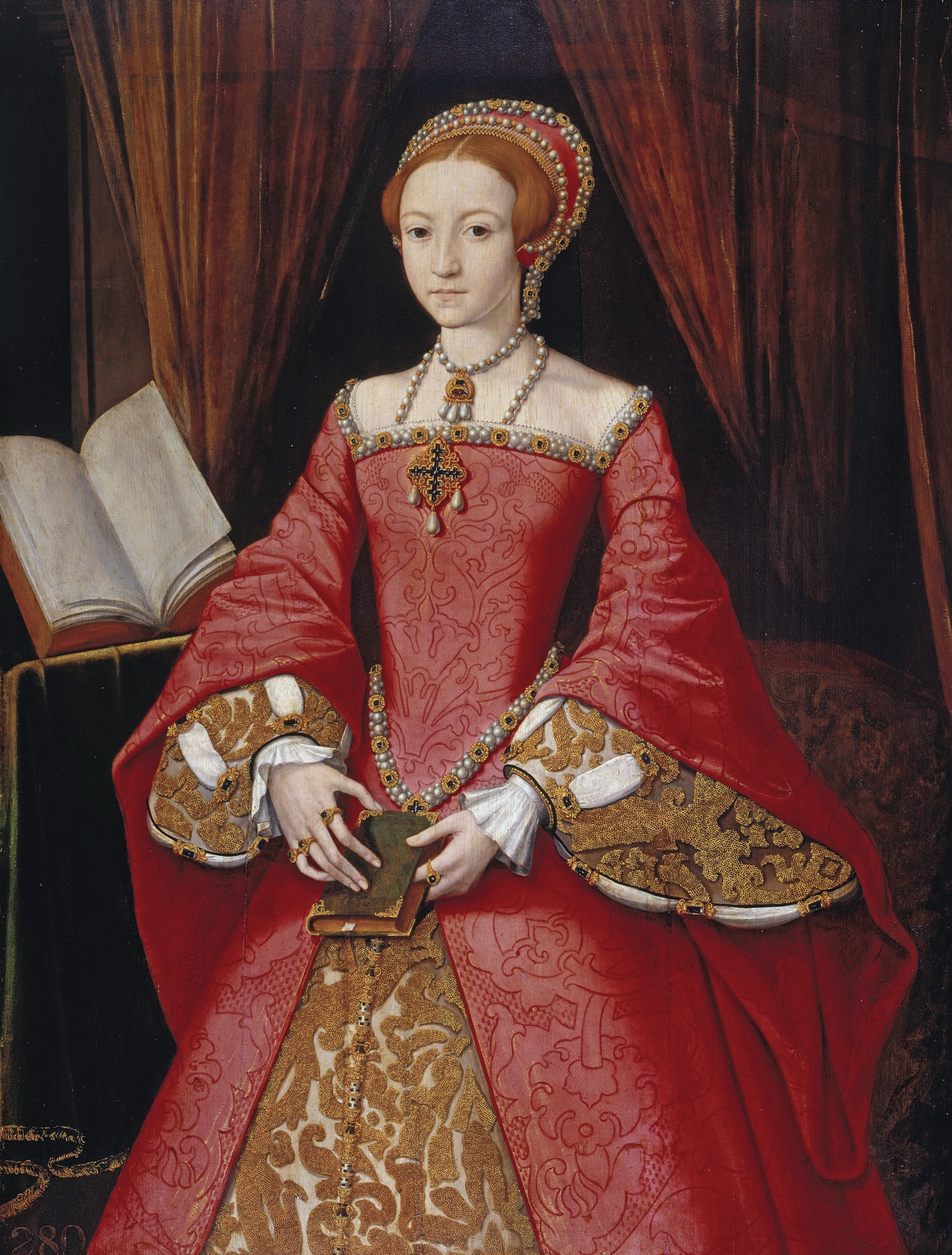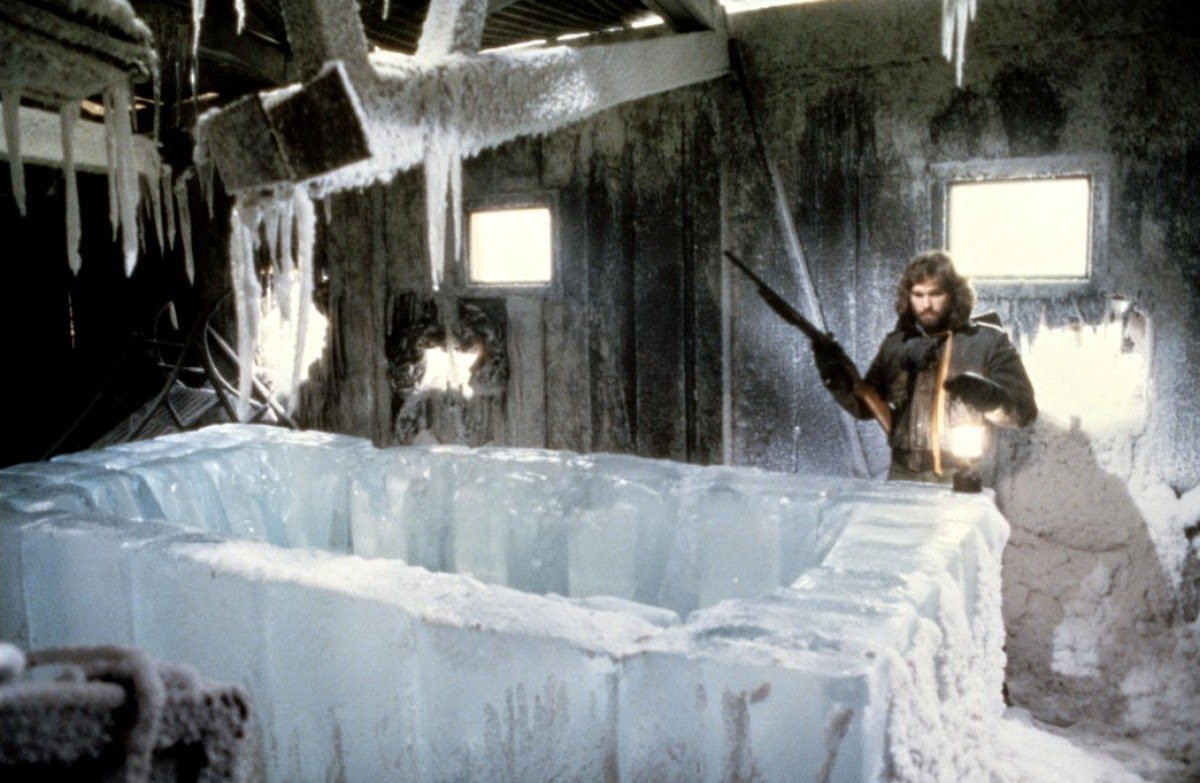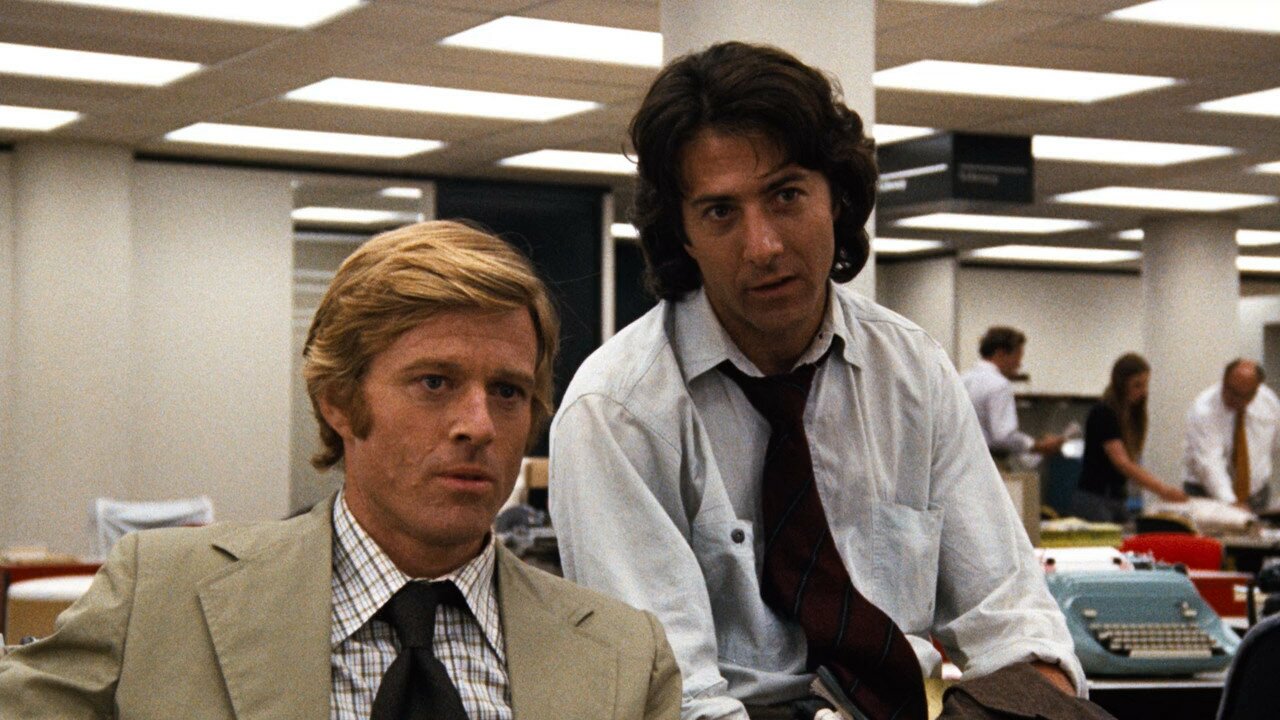_with_M._de_St_Antoine_-_Google_Art_Project.jpg/1200px-Anthony_van_Dyck_-_Charles_I_(1600-49)_with_M._de_St_Antoine_-_Google_Art_Project.jpg)
The Royal Collection, owned by the British Royal Family, is the largest private art collection globally, housing over one million remarkable objects that reflect a rich history of royal patronage and cultural appreciation. Managed by the Royal Collection Trust, this extraordinary collection spans 13 iconic royal residences across the UK, with prominent sites like Windsor Castle and Kensington Palace showcasing its treasures.

1. **Historical Overview**: The captivating history of the Royal Collection is as rich and varied as the art it comprises, beginning its journey during the reign of Henry VIII, though few items from before his era still exist. Charles I played a crucial role in amassing significant artworks, including the Gonzaga collection from Mantua, and despite the collection’s fragmentation after his execution, many pieces were salvaged by Charles II, laying the foundation of what we see today.
2. **Charles I’s Influence**: As a fervent admirer of Italian paintings, Charles I was instrumental in shaping the collection’s future splendor through his patronage of artists like van Dyck and his acquisitions of esteemed artworks. His monumental efforts resulted in a collection boasting 1,500 paintings and 500 statues, although many pieces were tragically sold off following his execution, leaving a profound impact on the collection’s legacy.

3. **George III’s Contributions**: George III played a crucial role in expanding the collection’s breadth, particularly with Old Master drawings and Venetian paintings like Canalettos. His purchase of the collection of Joseph ‘Consul Smith’ and his acquisitions from Alessandro Albani enriched the collection immensely, setting a standard for subsequent royals.

4. **George IV and the French Revolution**: The reign of George IV marked a significant enhancement of the Royal Collection, especially in French decorative arts, which flourished in London post-French Revolution. His enthusiasm for acquiring Dutch and Flemish paintings, alongside a keen interest in contemporary English silver, further enriched the collection’s diversity and appeal.

5. **Queen Victoria and Prince Albert**: The royal couple were devoted collectors, enhancing the Royal Collection with both contemporary and old master paintings. Their philanthropic spirit also led to significant donations, such as the King’s Library to the British Museum and later the British Library.

6. **Modern Additions**: The Royal Collection continued to evolve under Queen Elizabeth II, who expanded its breadth with modern art acquisitions, featuring prominent works by artists such as Sir Anish Kapoor, Lucian Freud, and Andy Warhol. Additionally, gifts from Commonwealth nations introduced a global flair to the collection, with notable additions like contemporary Canadian watercolors enriching its narrative.
7. **The Role of the Royal Collection Trust**: Established in 1987, the Royal Collection Trust plays a vital role in managing and curating the collection. Its efforts ensure that the collection remains accessible to the public through exhibitions and loans to museums worldwide.

8. **Public Access and Exhibitions**: While the Royal Collection is privately owned, many items are displayed for public enjoyment. The King’s Gallery at Buckingham Palace and the Drawings Gallery at Windsor Castle are just a few of the venues where rotating exhibitions allow the public to experience these treasures firsthand. Additionally, public access to the Crown Jewels at the Tower of London provides a glimpse into the opulence of the collection.

The Royal Collection stands as a testament to the royal family’s enduring commitment to art and culture. It not only reflects the tastes and interests of past and present monarchs but also represents a significant cultural heritage shared with the world. This extraordinary assemblage of artworks and historical artifacts continues to captivate and inspire, offering a unique window into the art and history of the British monarchy.

9. **Architectural Masterpieces**: The Royal Collection includes stunning examples of architectural drawings and models. These intricate designs provide fascinating insights into historical and modern architectural practices and highlight the aesthetic and functional considerations that have shaped royal residences.
10. **Fabulous Furniture**: With over 300 pieces, the Royal Collection’s furniture is remarkable for its historical significance and artistry, showcasing exquisite French creations from famed cabinet-makers like André-Charles Boulle, known for his intricate marquetry. These treasures are not only functional but also serve as stunning representations of the opulent lifestyles that once defined royal living.

11. **Tapestries and Textiles**: An impressive assortment of tapestries and textiles resides within the collection, each piece highlighting the exquisite craftsmanship of its era. The vibrant colors and detailed designs often tell stories of historical events or mythological tales, weaving a rich narrative that enhances the collection’s depth and significance.

12. **Jewelry and Accessories**: Beyond the iconic Crown Jewels, the collection boasts an array of stunning jewelry and royal accessories that showcase the artistry of master jewelers. These exquisite items not only reflect the evolving tastes across different reigns but also narrate the personal stories of the royals who cherished and adorned them.

13. **Ceramics and Porcelain**: The Royal Collection is home to a vast array of ceramics and porcelain, including delicate Sèvres pieces and intricate Chinese porcelain. These items not only demonstrate the cross-cultural influences that have enriched the collection over centuries but also the ongoing royal appreciation for fine craftsmanship.

14. **Scientific Instruments**: The scientific instruments in the collection, including telescopes and globes, underscore the Royals’ historical engagement with science and discovery. These artifacts provide a fascinating glimpse into the technological advancements of their times and the royal commitment to fostering scientific exploration.

15. **Sculptures and Statues**: The Royal Collection features a diverse array of sculptures and statues that span various styles and historical periods. From classical Roman figures to contemporary art pieces, these works embody the changing artistic preferences of the monarchy while offering a tangible connection to centuries of cultural evolution.
Related posts:
Royal Collection
The British Royal Family’s Private Art Collection Holds a Lot of Freebies From Artists. See Who Has Gifted Works to Their Highnesses
Royal Family Art Collection – The British Royal Collection of Art







